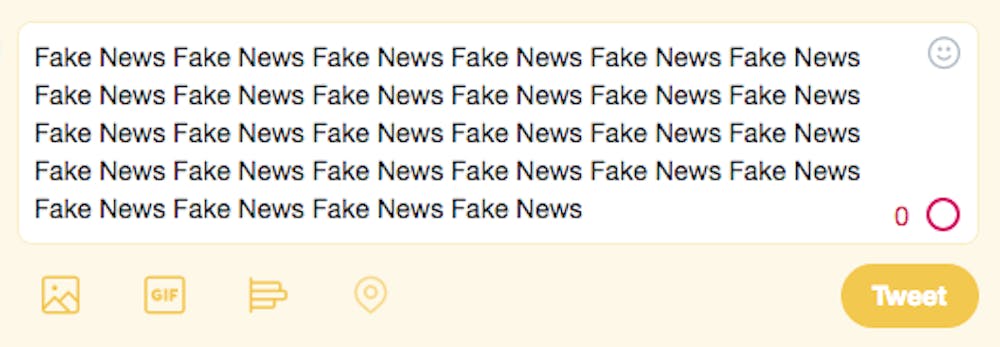You hear it all the time. Journalism is dying. The digital age has taken over. Goodbye to that newspaper printed fresh off the press: hello, breaking news from Twitter, Facebook and YouTube.
As a student journalist, yes, it can be daunting to see the declining trends in local news. Sustainability has become the number one issue facing local news outlets. A study by UNC Hussman School of Journalism professor Penny Abernathy found that more than a quarter of the newspapers operating in the U.S. just 15 years ago are no longer in business — creating news deserts in regions across the country.
However, what is more discouraging is what has happened to the space left by those ghost newspapers.
According to a recent article from The New York Times, nearly 1,300 websites have been found to disguise themselves as local news and publish content and coverage that has been requested by Republican groups and PR firms — using the content to smear Democratic rivals in the upcoming election. These websites have created a pay-for-play network, with unknowing freelancers and writers taking assignments just to make a living.
My coworker and Daily Tar Heel alum Hannah McClellan wrote an article for UNC Hussman’s Media Hub back in March about how partisan news was operating in North Carolina — with 49 Metric Media sites detected across the state.
“A fake news page was removed from Facebook in February for posting false and inflammatory information — but not before attracting more than 50,000 followers,” she wrote. “The page, North Carolina Breaking News, featured unattributed local content, often wrong or plagiarized from other outlets. The page also included politically conservative posts containing racist language.”
Metric Media is just one of the website builders used to create fake news sites. Others include Locality Labs, Newsinator, Franklin Archer and Interactive Content Services.
Although this type of content can be flamboyant, the misinformation itself is more often subtle.
“The content is not always as blatantly ideological as that produced by pages like North Carolina Breaking News, but news articles with hidden partisan slants can make electoral misinformation difficult to detect,” McClellan wrote.



